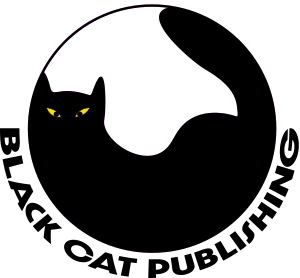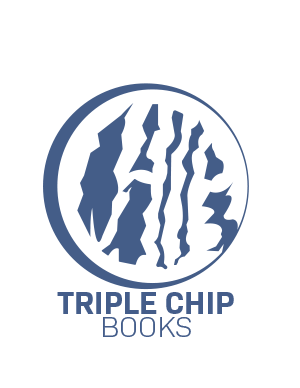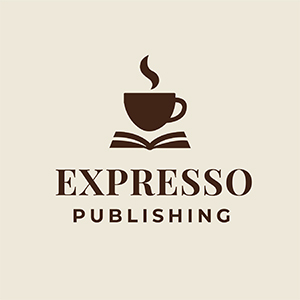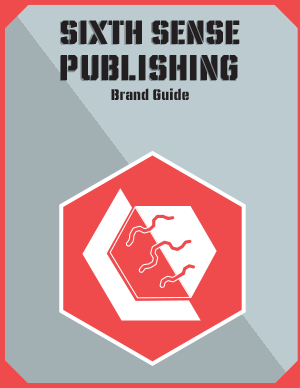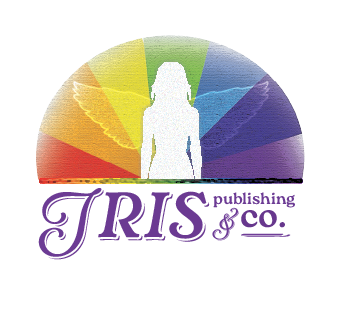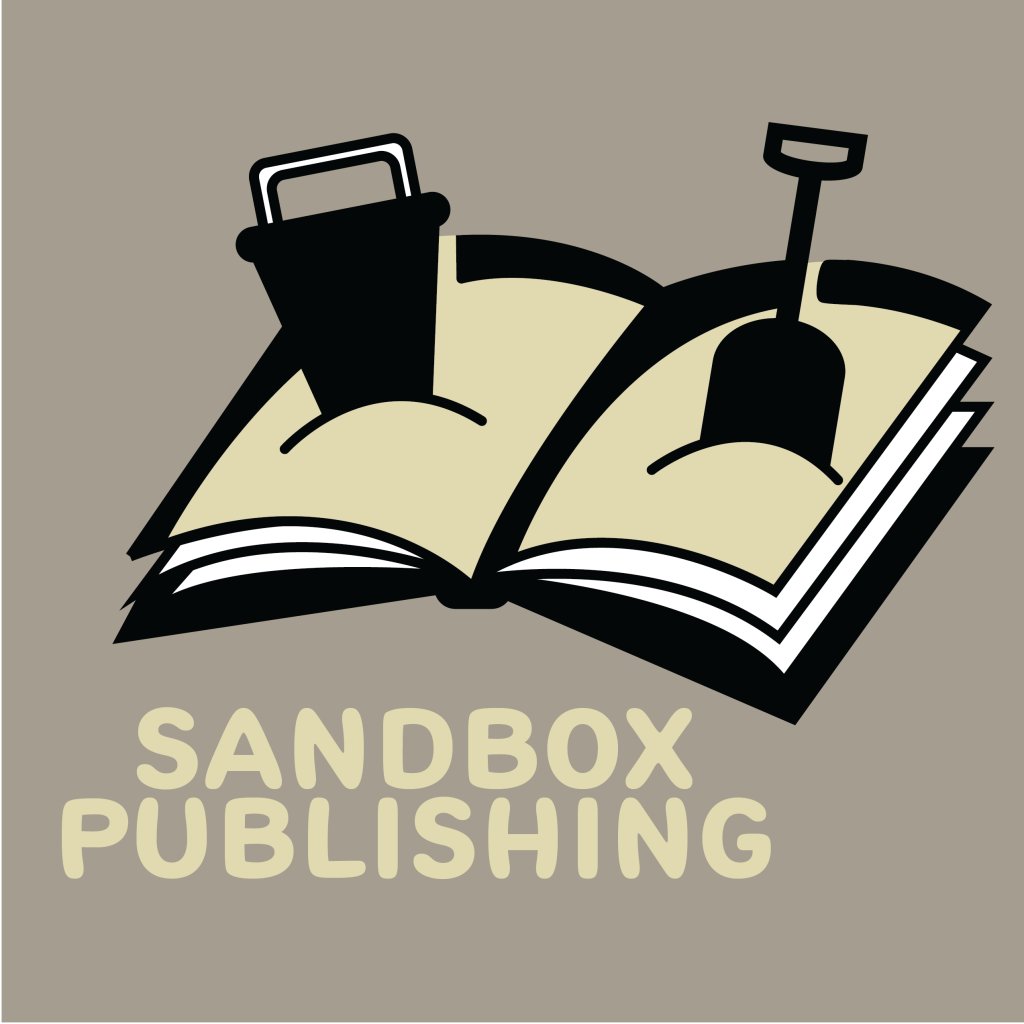Click the image to see full brand guide.
For my logo I chose to opt for a play on words rather than make up an animal, object etc. I settled on Inkspire because I found it to be simple but an effective play on words while it being obvious at first sight it has something to do with writing. It took me a few different sketches to come up with the logo, but I knew I was going to incorporate a pen somehow with a lightbulb. I wasn’t sure where the lightbulb would be but after playing around I felt comfortable putting it on the typeface while leaving an outline of a lightbulb on the actual logo. When it came to the logo it took a while how I wanted it, did I want a cartoon feel, a real feel, or a mix of both. I settled for a mix of both while having a colorful cartoonish design while also giving it a real feel with the texture I added to the color. I chose the top typeface for Inkspire to have more of a handwritten and bubble letter feel to it. The bottom typeface I chose was a basic text so it wouldn’t overcrowd or take away from anything else. I had a really fun time with this project, being able to have free will with a design is an experience that I’ve never really had before. It was a good process but a little difficult. Items, like the light bulb, I wasn’t really sure where to put so I had to play around a little bit in illustrator to see where I thought fit best. I had a very good time making different designs, as having essentially the same logo but putting the logo and company name in different places was a good exercise to see what was the best. My logo is supposed to be a pen nib with a light bulb in the middle of it, almost representing that once you start writing that’s when the ideas start. The brand guide was a little hard to fit everything and what layout I would do. Looking back on it I wish I added more pages but I feel like everything fits and flows on two pages. I decided to put all the logos on the first page just to show them off before I labeled them on the next page. Overall I do like how everything came out, I just wish the brandguide was structured a little better if I had to change anything.




